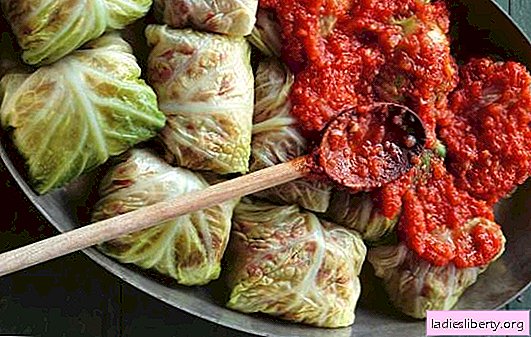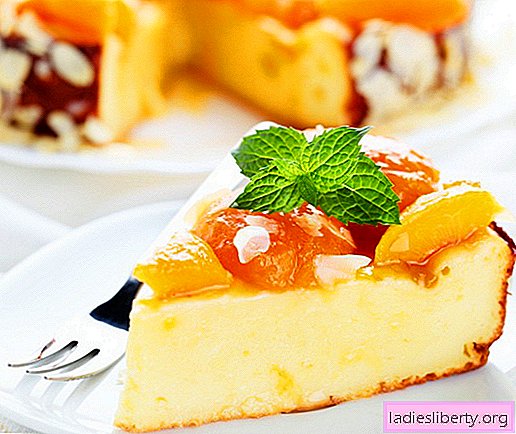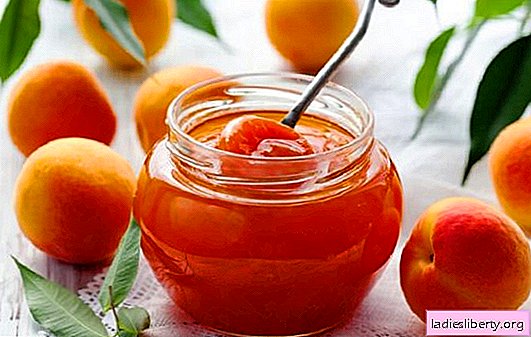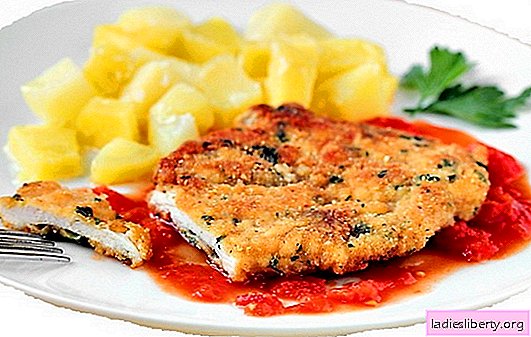
Onion is an important component of most dishes, it is not only added to food as an additional ingredient, but also used as the main product. What is capable of replacing fresh herbs in winter or in the first months of spring, if not the vitamin feathers of green onions. It contains everything you need to give vitality to a frayed body. It is also popular in decorating various dishes, as it gives them freshness and improves appearance.
Varieties and varieties of onions giving spectacular greens
If you plant onions using conveyor technology, you will be able to constantly get greens to decorate your dishes and vitamin salads. Growing green onions can bring you additional year-round income.
How to grow a few feathers of onions on the windowsill, any hostess knows. To do this, it is necessary to plant the onion bulbs in a suitable container 1/3 full of soil, or simply place the bulbs in a pan, adding water if necessary so that it does not completely cover the roots. But planting onions on greens to fully provide the family in winter or for sale is possible only if the necessary conditions for the plant are created in a greenhouse or greenhouse.
When choosing planting material, if possible, cut the bulb to check the number of primordia. If there is only one kidney in the bulb, then it will be possible to get a little green mass from it. For this reason, knowledgeable people choose varieties with many rudiments of leaves for planting on greens: Rostov, Black Prince, Bessonovsky, Arzamassky, Amber.
In addition, they get a good harvest of green onions by planting varieties of this crop:
• Onion-batun. Gives outwardly the same feathers, planting material is cheaper than onions. Growing perennial species of this onion allows you to cut the feather 2-3 times per season, annual species give greens only once. Productivity up to 35 kg with 10 m2;
• Chives. It attracts long (dol 0.5 m) narrow leaves with a strong smell, they do not become rough for a long time. Harvest 30 kg from 10 m2;
• Leek. It resembles garlic leaves, gives about 20 kg with 10 m2;
• Shallot. It gives more and better quality greens than onions. Undemanding in care, forms a lot of greenery - 25-45 kg with 10 m2;
• Onion-slime. It forms tender broad leaves with a slight garlic odor. The variety gives an excellent harvest, withstands sub-zero temperatures, early. In the greenhouse, it can give greens all year round, and without shelters it stops growing at sub-zero temperatures;
• Layered onions. The most frost-resistant and undemanding onion variety, on the quality of the crop and its size noticeably exceeds other types of onions. It does not die even in severe frosts.
Growing without shelter
Onions are planted after the appearance of the first thawed patches or before autumn frosts. For planting, choose multi-bulb bulbs, 3-4 cm in diameter. Before planting, they are soaked in warm water for 24 hours, after which the top is cut off by 1 cm to activate the growth of feathers and increase the total yield.
There are several technologies for planting onions in the ground:
1. Bulbs, placed next to each other, on top of them soil is poured with a layer 3 cm thick. When using this technology, more than 10 kg of seed bulbs will be required per 1 m2;
2. Onions are planted after 4 cm in pre-cut grooves (free space between rows of 20 cm), after which the bed is leveled with a rake;
3. When planting this crop on greens in the autumn, it is covered with a layer of rotted manure or humus from above. In spring, you need to remove the mulching layer and cover the beds with onion film;
4. You can get onion greens using seed propagation. Usually, sowing of seeds is carried out in the middle of summer on a dug up and fertilized bed, not forgetting to disinfect chernushka with potassium permanganate.

When you notice the first onion seedlings, the plants need to be broken through, leaving a distance of at least 5 cm between them. After the onion leaves grow to 20-25 cm, the beds will cover the feather with straw or peat. When the snow melts, it will already be possible to immediately harvest the first crop of green leaves. To use greens in the summer, sowing seeds is tedious to produce in early spring. For beds with onions, special care is not required, you just need to feed them and during the drought regularly water.
Green onion in a protected ground
For growing onion greens in winter and early spring, it is better to use protected ground structures. To do this, use greenhouses (from mid-autumn to spring), and greenhouses (from January to the last of May).
Sowing onions is better in boxes in which you need to pour a nutritious soil mixture. It is better to mix soil from equal parts of high-quality compost, humus, peat and garden soil.

Bulbs are pre-soaked in heated water, and then planted in a container close to each other, on top they are covered with a small layer of the nutrient mixture (about 1 cm thick). Boxes set on top of each other, so that until the leaves grow back, other crops can grow on the free area (for about two weeks). After 15 days, you need to arrange the containers over the entire planned area, and set the air temperature in the greenhouse or greenhouse at least 18 degrees.
Growing onions need to be watered 4-5 times before harvesting as the soil dries up, in the period between waterings, they are fed with mineral compounds. Cut overgrown greens after the feathers grow to 30-40 cm.
In order for the onion feathers to grow quickly, it is necessary to maintain the optimum temperature in the greenhouse. This will allow in a month to use fresh greens to the table or for sale.
Plant nutrition and care
Top dressing:
• Onions for the fast growth of greens should be regularly fed. It will be useful (especially with high soil acidity) to sprinkle the soil with wood ash;
• To protect plants from fungal diseases, it is necessary to feed onions with potassium salt;
• Certain varieties of onions respond well to the introduction of nutrient humus into the soil and liming the soil;
• Plant nutrition is carried out in the evening;
• Do not allow the vegetative mass of plants to be wetted with a solution of fertilizers, this can burn the leaves.
Pest green onion
Often, a small bug with a proboscis - a weevil - affects a plant. At the same time, keep in mind that it is mainly not the insect that harms, but its yellow larvae; the female lays them in the ground. Having eaten the soft parts of the leaves, they gnaw through clearly visible passages. The leaf begins to turn yellow and after a short time dries. To protect plants, you need to remove all plant residues from the beds, and in the spring treat the onions with soap infusion of tobacco.
You need to store the vitamin crop in a cool place, the bottom shelf of the refrigerator is suitable for this, only the onion feathers need to be folded in plastic bags. So you can save greens up to 2 months.











